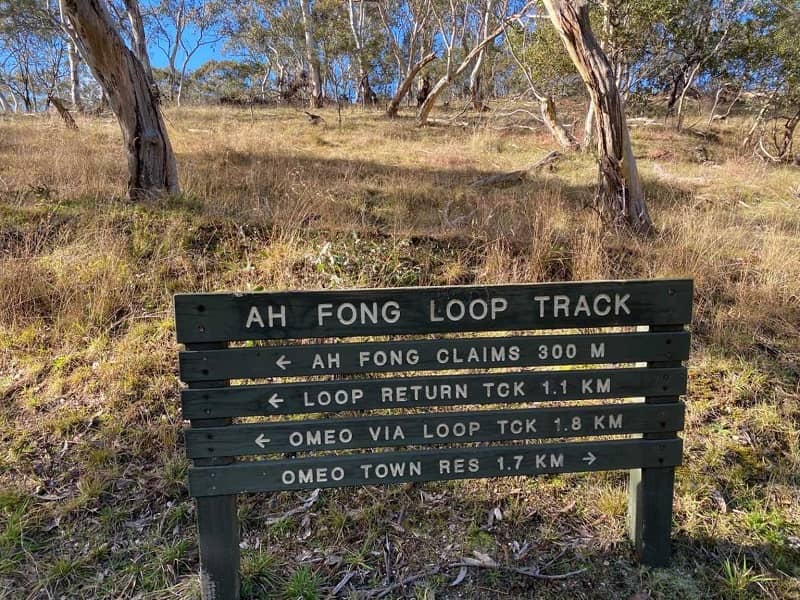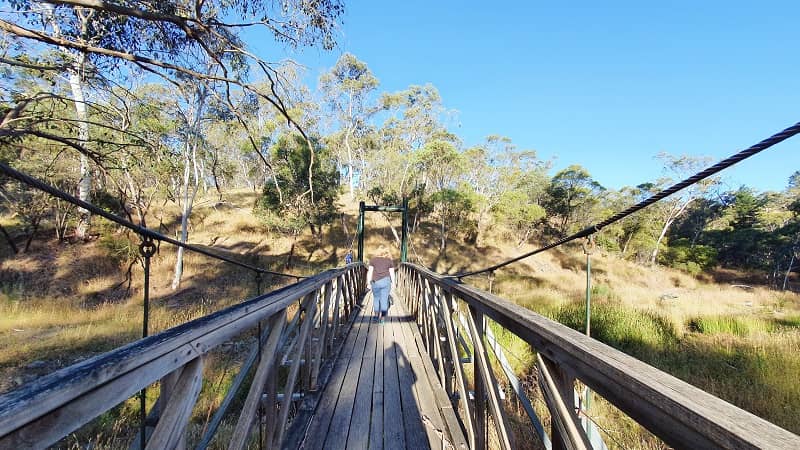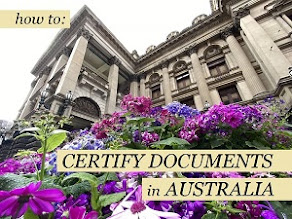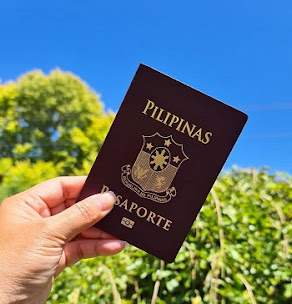Nestling in the High Country just out of Omeo, on the road to Dinner Plain and Mt Hotham is an area many simply drive by with little or no knowledge of its historical significance.
The Oriental Claims Historic Area is 2km from the Mount Hotham side of Omeo on the Great Alpine Road.
This is part of the traditional lands of the Jaithmathang. Today, the Gippsland and East Gippsland Aboriginal Cooperative in Bairnsdale is responsible for the area’s Indigenous heritage under the Aboriginal and Torres Strait Islander Heritage Protection Act 1984 (Commonwealth).
You can access a walking track to the claims area from Omeo township along the Livingstone Creek Walking Track or drive to the car park accessed by a track on the right of the highway immediately after crossing the Livingstone Creek Bridge. At the end of the track, which is suitable for all vehicles, you will find the picnic area, BBQ, and toilet facilities are available.
The heritage-listed Oriental Claims was one of the world’s largest gold-sluicing operations and many mining remnants, caves, and sites can be seen on the short walks, including Ah Fong’s Loop Track commencing and finishing at the car park, and which takes you to the site originally worked by Ah Fong in 1875. The area is also excellent for bird watching and wildflowers.
Why “Oriental Claim”? Apart from the fact that many Chinese migrants worked the area after fleeing the poverty in China at the time (19th century), and chanced their luck hoping to make a fortune or at worst live better than in their homeland. The Oriental Claims Historic Area was named for the company that worked the site for gold from 1876 to 1904. It was the highest alluvial goldfield in Australia at least 100 feet (30 meters) thick.
The exposed clay cliffs towering over the area were created by high-pressure hoses (Shot Blasters) which washed vast quantities of soil and gravel into sluice boxes from which the gold was extracted, an activity which was banned in the early 20th century due to its devastating environmental effects including reported pollution of waterways extending as far afield as the Murray River.
The Water Shot Blaster, which is preserved close to the car park, is a remnant of the mining methods in Ah Fong’s time and one which was responsible for over 170kgs of gold to be found in these diggings.
The Oriental Claims are unique in three ways:
• They are alluvial workings that were mined for over 50-years much longer than most other alluvial gold areas. These were the largest and most productive alluvial workings in Gippsland, and some of the richest in Victoria.
• Much of the gold was mined by companies rather than individuals. It took about 100 square meters of alluvium to produce an ounce of gold. One man on his own could only pan about one square meter per day, producing just $5 worth of gold at today’s value.
• Most of the work was done by a small group of about 50 miners, rather than a large number of individuals as at other goldfields.
The Chinese Connection
One of the most significant groups of miners here (and elsewhere in Victoria) was the Chinese.
Between 1860 and 1864 there were probably between 300 to 400 Chinese miners in Omeo at any one time, though there were constant comings and goings. Most lived in tents or huts in the Chinese camps (similar to those tents in Sovereign Hill in Ballarat) on the western edge of Omeo. Chinese were segregated into camps under specific regulations of the Goldfields Act 1856. Sixty Chinese people are buried in the Omeo cemetery, many died from mining-related accidents or diseases.
Europeans regarded the Chinese with prejudice and suspicion, largely because they were seen as an economic threat, and accused them of varied crimes and vices.
However, compared with the crime rates in the European population, it is clear that the Chinese in general were more law-abiding than the Europeans.
A large population of Chinese miners returned to China, but some stayed and became respected community members. They often took up other occupations such as storekeeping, market gardening, cooking, or woodcutting. Some married and raised families, and their descendants still live in the district or elsewhere in Gippsland.
One of the Chinese miners, Ah Fong, worked various claims from 1875, and part of the loop track hugs the pretty Livingstone Creek and offers a number of places to rest and perhaps have a picnic. The creeks and surrounding sediment still have pockets of gold, and as the world price has increased, commercial mining has again been investigated in the area.
Ah Fong’s was one of several who was mining claims in this area. Others included Ah Fie and Corea claims. During the life of his claim, Ah Fong’s operations yielded about 6000 ounces of gold, (just over 170kgs) worth today at more than A$3Million. With some of the proceeds, he opened a store in Omeo, eventually leaving his claim to his wife, Mary.
Flora and fauna
Today, eucalyptus trees, banksias, and many other native shrubs and wildflowers have returned to this once denuded place, attracting many varieties of birds and mammals. From late winter to early summer, look for the native orchids which grow prolifically in the area including Pink Fingers and Wax Lip and more common varieties of Spider, Sun, and Donkey Orchids.
In autumn, the flowering banksias and grevilleas attract a number of species of honeyeater and parrot. Any time of the year, Swamp Wallabies may also see. Work is currently being planned to improve the track from this area into Livingstone Park in the center of Omeo and to include a cycle path. Spending time here you can almost imagine the bustling of the miners hoping to strike it rich.
Other sites to enjoy
Now just before you leave on your return trip down Great Alpine Road, take a short diversion up towards Dinner Plain to the Mount Kosciuszko Lookout. Access is signposted on the right, on a fairly steep incline that opens into a magnificent viewing area over the high country and on to Mt Kosciuszko, Australia’s highest peak. There are interpretive signs including examples of “Bogong Moths” set into the wall of the lookout and the site is a designated “RV Free Camping” location. What a marvelous view to wake to in the morning.
On your return journey take a scenic diversion to the right just out of Omeo township, along the signed “Wine and Gold Drive” through Cassillis, a small settlement that was once a thriving mining community. If time permits, and you are feeling energetic, many old gold mining relics can be seen by exploring on foot, the Cassillis cemetery and the old gold mine are both of interest.
You may not have found real gold on your exploration of this area of the High Country, but the experiences, tastes, sights, and sounds will, like the goldfields, remain with you as a golden memory.
****
Acknowledgment of the Country:
We acknowledge the Traditional Owners of the Country throughout Victoria and recognize their continuing connection to land, waters, and culture. We pay our respects to Elders past, present, and emerging and ask that during your travels you respect these cultures, peoples, and land.































Very interesting walk but the some steep hills makes me cringe (I'm traumatized from previous experience lol). I truly miss hiking / trekking. My lifestyle has been sedentary sure to pandemic. I don't know if I am still fit to walk for long miles. I watched your video... Phew! what a hike!
ReplyDeleteBushwalking is a normal outdoor activity here in Australia. And it was exciting to discover places, and occasional wildlife encounter as well.
DeleteBushwalking is very interesting, there are so many things to enjoy and learn. its really a long hike, it looks like so much fun. I'm glad to find your blog.
ReplyDeletethis is just a short bushwalk actually, I don't think I can do longer than this, hehehe!
DeleteWhat a nice trip despite this pandemic we have. I bet you were refreshed after this.
ReplyDeleteI had to get a whole body massage!
Deletei just got to know bushwalking through your blog! not only you can exercise but also you can do siteseeing and be one with nature! i enjoyed looking through your photos!
ReplyDeleteThanks Mamshie! I learned that bushwalking is apparently normal here in Australia. Next time, I'll bring a metal detector and maybe discover gold along the way!
Deletevery historical place, indeed. I would like to hike this path, too given the chance and enjoy the historical learnings from the site.
ReplyDeleteYou will definitely love it!
DeleteI love bushwalking. Aside from exercise you can also see and learn a lot of things just like the place you mention.
ReplyDeleteThat is true! And the best part is the opportunity for wildlife encounter!
Delete